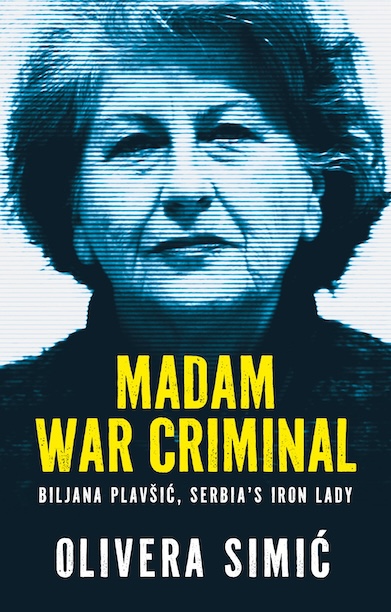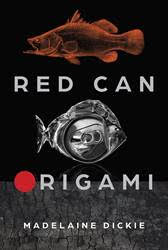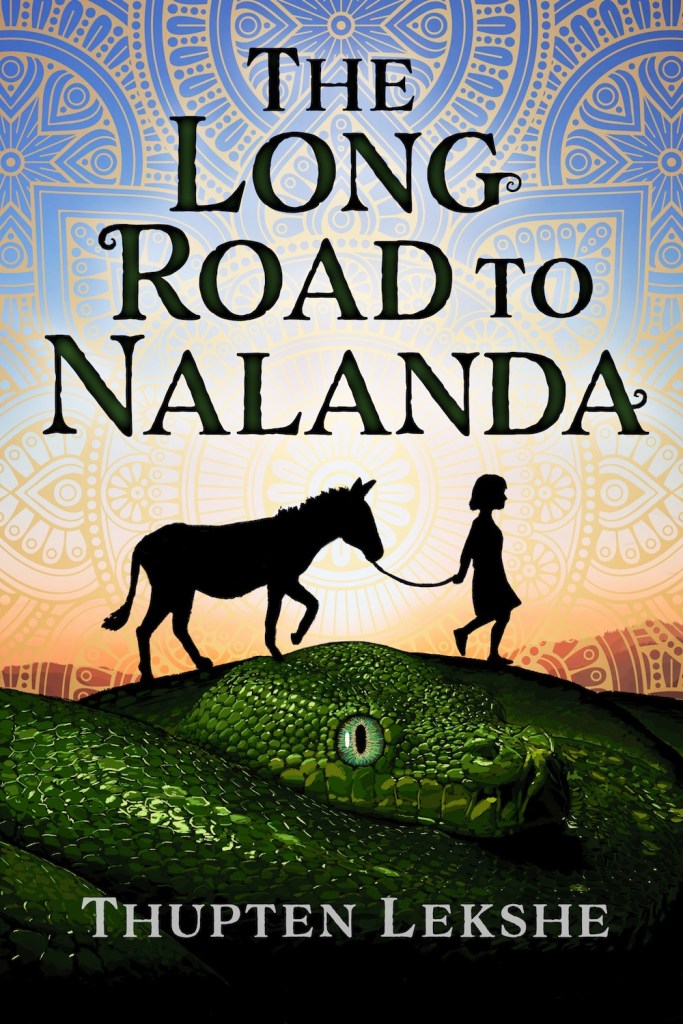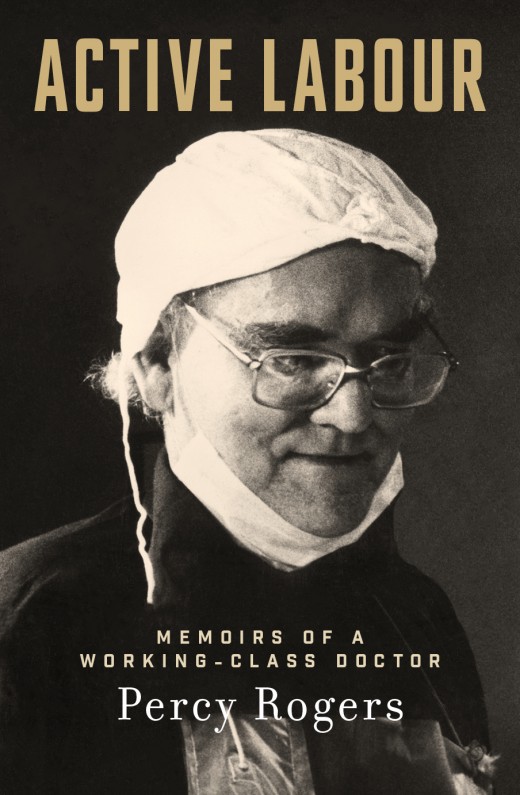
Are you sometimes unsure whether you should use ‘that’ or ‘which’ in a sentence? If so, join the throng; or maybe you’ve never really thought about it. Fair enough. In many cases, both words are equally correct. However, you can keep this in mind: ‘that’ introduces essential (restrictive or defining relative) clauses, and ‘which’ introduces non-essential (non-restrictive or non-defining relative) […]

What are those rabbits doing in the border of that medieval prayer book? Is that a snail jousting with a dog? Why is a naked man riding a many-legged ‘dragon’ in the lower margin? No, your eyes are not deceiving you. This profusion of humans, animals, fantastical plants and grotesques painted in the margins of thirteenth and early fourteenth-century Europe […]
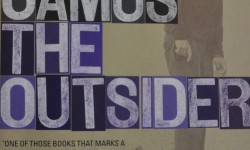
The aim of the first sentence of any written work is to motivate the reader to read on; it can be decisive and declare the theme or argument of the main body of writing, or it can be a teaser. So whether you’re writing a novel, an essay, or just an email, your aim is to arrest the reader’s attention […]
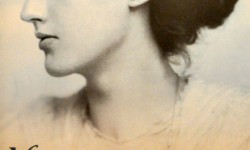
The habitual practice of writing in a notebook, a diary or a journal will refine your writing. A journal can include jottings of daily observations, lists of words and punctuation that interest or bother you, inspirational sentences you’ve read, ideas to develop, critical editing of current writing, and so on. Literary icon, Virginia Woolf, born in 1882, began writing a […]

This series focuses on the fine-tuning of your writing after the content has been nailed. You could call it the editing and proofreading process; I prefer to call it the finishing touches that turn your writing into a work of art: pleasing to the eye in its form, erudite in its selection of key words with ideas that flow logically, […]






